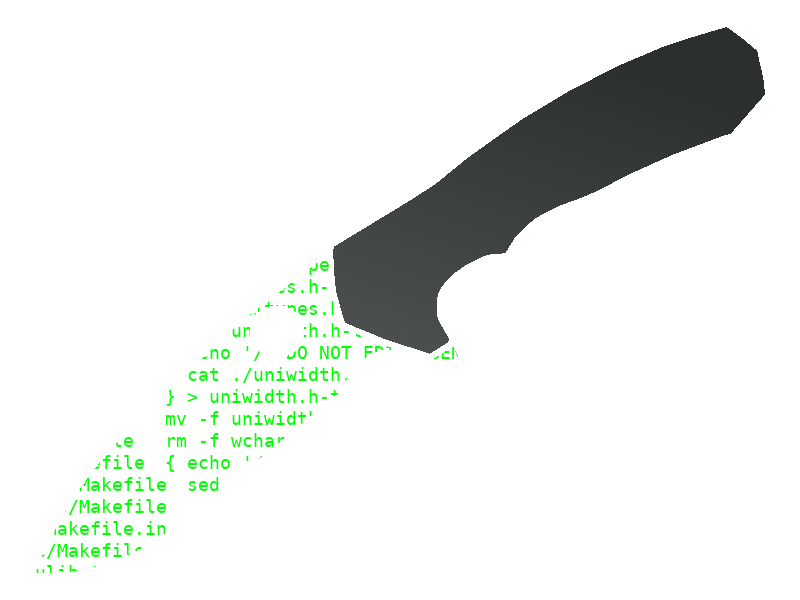

ABOUT DRYWALL
(updated 2023-02-04)drywall:
- made of chalky gypsum pressed with adhesives between 2 layers of cardboard
- use it to cover a house's wooden frame studs and create walls
- not too strong, use plywood instead if the wall needs strength? (like for hanging heavy kitchen cabinets or machinery)
- setting vs drying type
- setting = chemical reaction causes it to harden, like epoxy after you mix the components
- because of this, you CANNOT buy premixed (sold only as bags of powder, to add water yourself)
- different setting times available: 20min, 40min, etc
- advantages: shrinks less, dries harder, sets FAST so you can do multiple layers quickly, bulk bags are cheap, can store long-term without going bad
- problems: can't just add more water to re-moisten (this causes clumps and bad setting), you have to work FAST, must cleanout the mixing bowl THOROUGHLY each time or the chemical remnants will interfere with the next batch you mix
- drying = the water evaporates and it dries like normal mud
- easy to buy premixed buckets of it, for small homeowner repair jobs
- you can't store the bucket long after opening it though, will dry out and/or get moldy
- if it starts to dry out, just add some water and mix until rejuvinated
- advantages: easy to work with
- problems: shrinks more, dries crumblier (but still pretty dang good), takes longer to dry
- setting = chemical reaction causes it to harden, like epoxy after you mix the components
-
lightweight vs heavy type
- lightweight = lighter-weight for the same size bucket
- texture like whipped cream but firmer
- stays where you put it (good for filling in large gaps)
- heavy = heavier-weight for the same size bucket
- goopy and sticky and full of adhesives
- more water-resistant
- tends to ooze downwards rather than staying still (good for using with paper drywall tape, to strongly bond together 2 pieces of drywall at their edges)
- lightweight = lighter-weight for the same size bucket
- paper tape = rips easily but has good shear strength (which is what you need in most cases)
- mesh tape = looks like cheesecloth (to allow the mud to fully permeate it) and allows better drying for the mud, but has zero shear strength
- but WAY EASIER to make it stick to the wall because the mud wraps around the fibers and holds it in place
NB: don't use drywall mud on plaster walls!
use plaster on plaster walls, and drywall mud on drywall walls
(because they don't stick to each other correctly)
older houses are more likely to have plaster walls
some good videos by the Vancouver Carpenter: